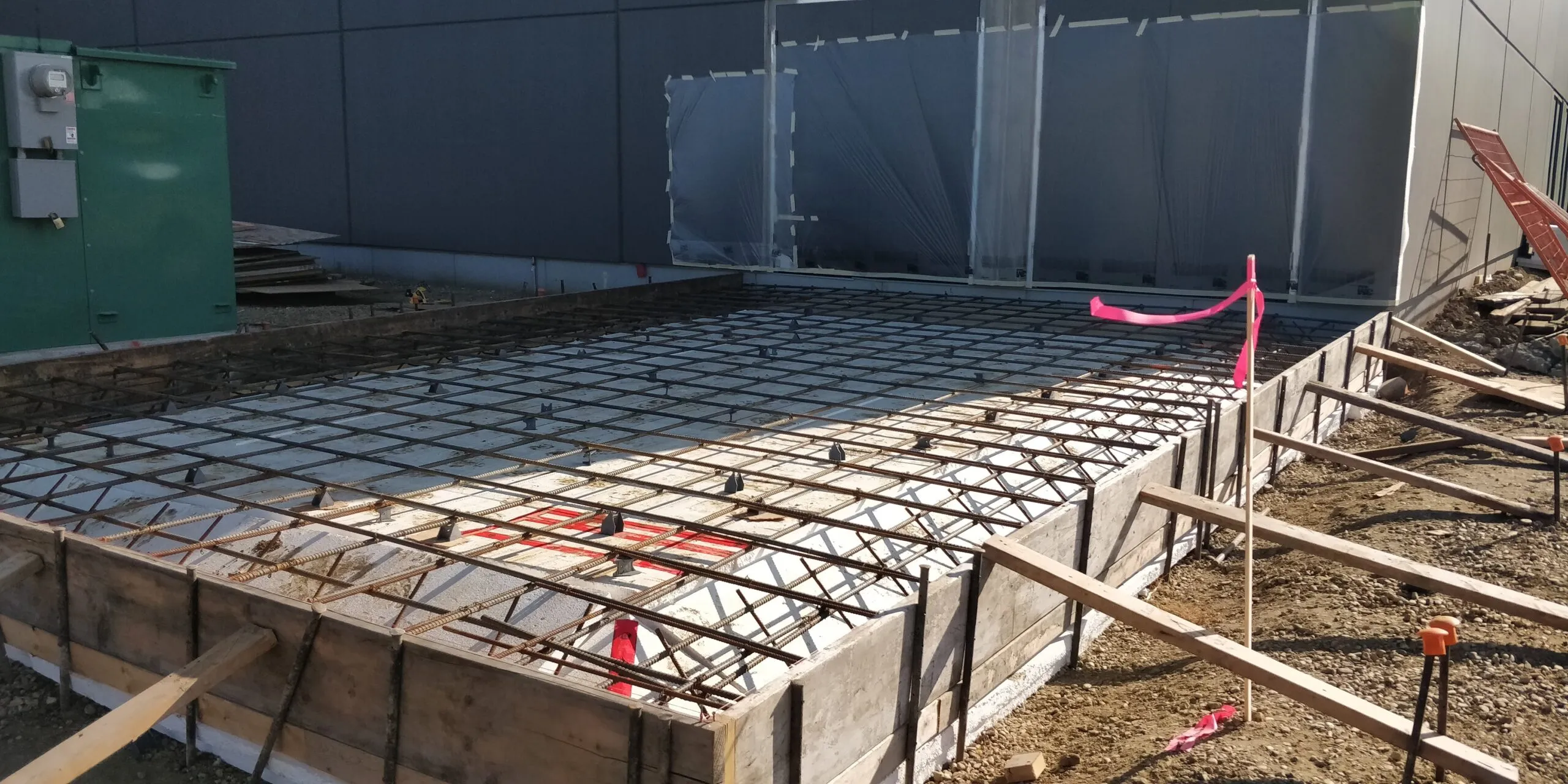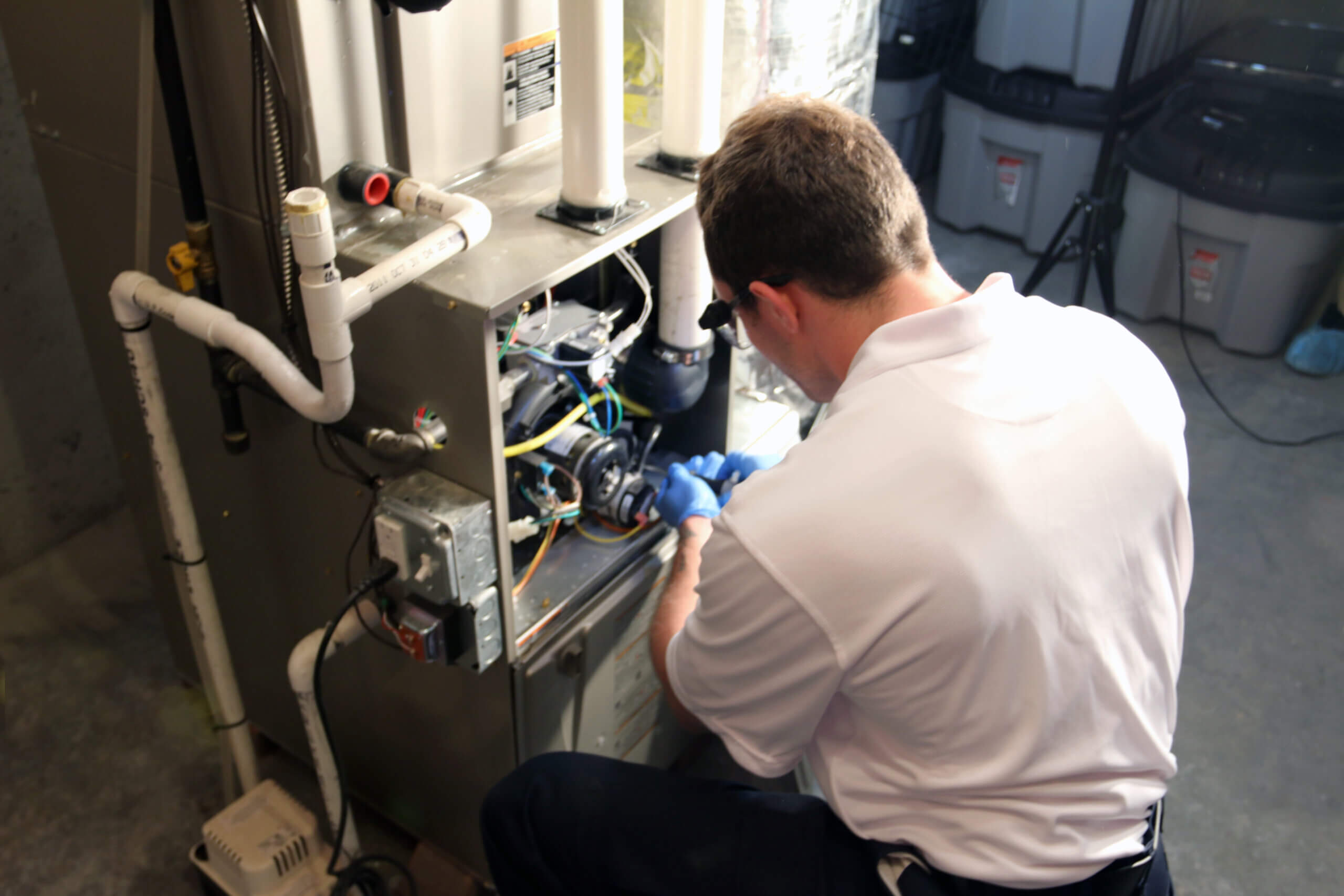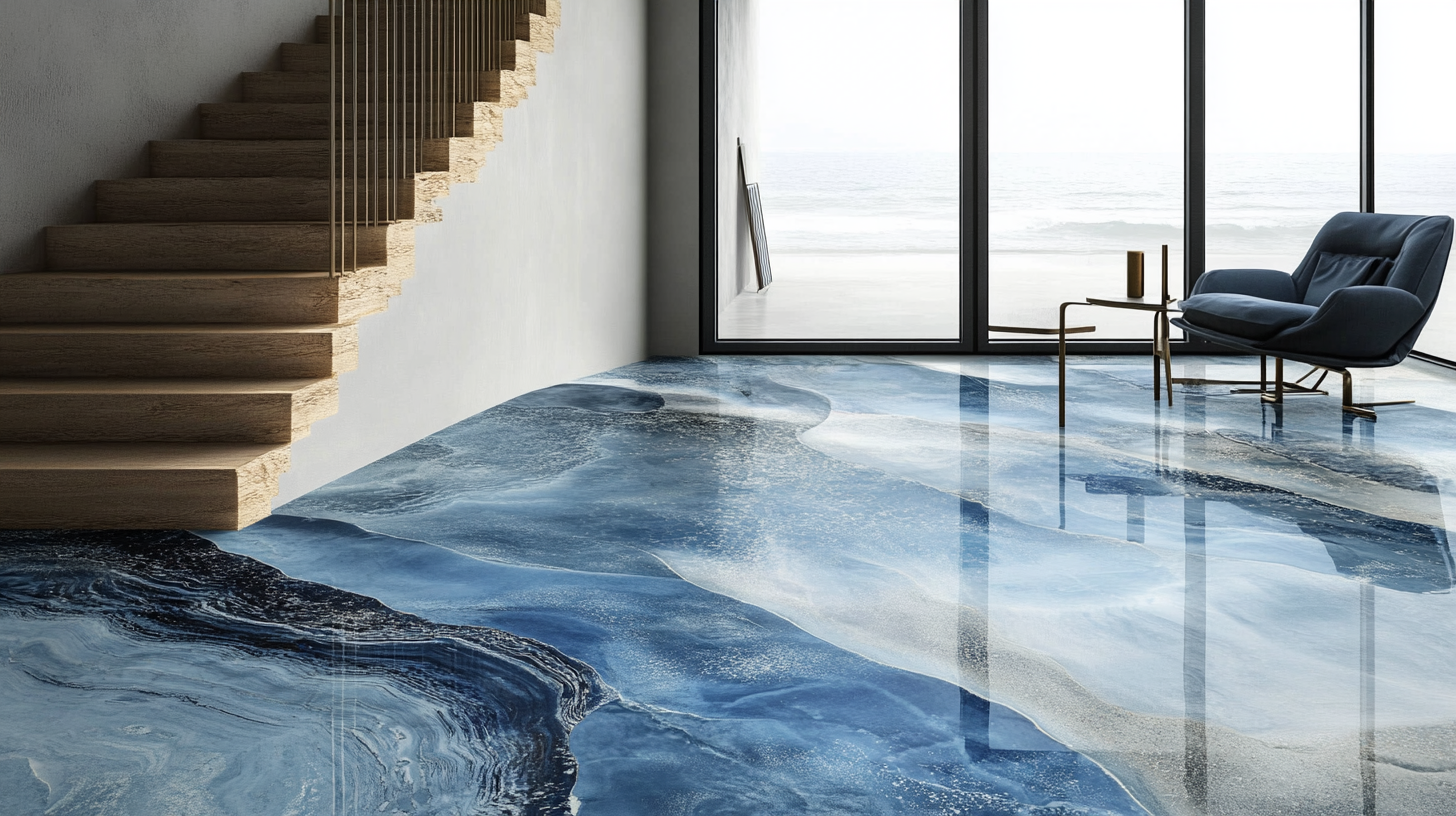When it comes to commercial roofing, the choice of material and style can significantly impact the durability, cost, and maintenance requirements of the roof. Among the various options available today, Built-Up Roofing (BUR) systems, often known as “tar and gravel” roofs, stand out as one of the most popular and time-tested solutions for commercial properties. This article delves into why BUR systems are commonly used, their advantages, and considerations for commercial building owners.
Overview of Built-Up Roofing (BUR)
Built-Up Roofing (BUR) is a traditional flat roofing system that has been used in the United States for over a century. The BUR system involves layering several levels of bitumen and reinforcing fabrics, which creates a finished membrane.
Composition of BUR
A typical BUR system consists of the following components:
- Base Sheets: Attached to the roof deck, serving as the foundation for the layers to follow.
- Fabric Layers: Also known as roofing felts or ply sheets, these are embedded in bitumen (asphalt or coal tar) to enhance the roof’s strength and durability.
- Bitumen: The primary waterproofing material used between the ply sheets. Asphalt and coal tar are the most common types of bitumen used.
- Surfacing Component: The top layer, which is often a layer of gravel, mineral granules, or a liquid coating, designed to protect the underlying layers from sunlight and weather.
Advantages of Built-Up Roofing
- Durability: One of the most significant advantages of BUR systems is their durability. The multiple layers provide exceptional protection against water, UV rays, and physical damage, making them particularly well-suited for harsh weather conditions.
- Waterproofing: The seamless nature of BUR, when properly maintained, offers superior waterproofing capabilities. The multiple layers minimize the likelihood of leaks and water penetration, a critical factor for any commercial roof.
- Longevity: With proper installation and maintenance, a BUR system can last 20 to 30 years. The longevity of a BUR roof can be a cost-effective solution for commercial buildings, offering a good return on investment over its lifecycle.
- Cost-Effectiveness: BUR systems are generally considered cost-effective, especially when factored over their long lifespan. The materials used in BUR systems are readily available and relatively inexpensive compared to some newer, more high-tech roofing materials.
- Fire Resistance
- Asphalt and coal tar, the materials commonly used in BUR systems, are naturally fire-resistant. This makes BUR an excellent choice for commercial buildings where fire safety is a priority.
Considerations When Choosing BUR
- Weight: BUR systems are heavy due to the multiple layers and the gravel surfacing. Before installation, it is important to ensure that the building structure can support the weight of a BUR roof.
- Installation: The installation of a BUR system can be labor-intensive and weather-dependent. The process involves the use of heated bitumen, which can produce fumes. Proper installation by experienced professionals is crucial for ensuring the long-term success of a BUR roof.
- Maintenance: While BUR roofs are durable, they do require regular maintenance to reach their maximum lifespan. Regular inspections and maintenance must be performed to check for and repair blisters, splits, or ridges that may develop.
- Environmental Considerations: The traditional materials used in BUR systems, such as coal tar and asphalt, are not the most environmentally friendly options available today. For buildings where green certifications or eco-friendliness are priorities, alternative roofing solutions might be considered.
Built-Up Roofing remains a popular choice for commercial roofing due to its durability, effectiveness, and cost-efficiency. It is particularly suited for large, flat roofs common in commercial, industrial, and institutional buildings. While it has its drawbacks, such as weight and installation requirements, its benefits often outweigh these challenges, making it a go-to choice for many commercial property owners seeking a reliable roofing solution. As with any significant building component, selecting the right roofing material involves considering the specific needs and constraints of the property and consulting with professional roofing contractors who can provide tailored advice and installation expertise.





